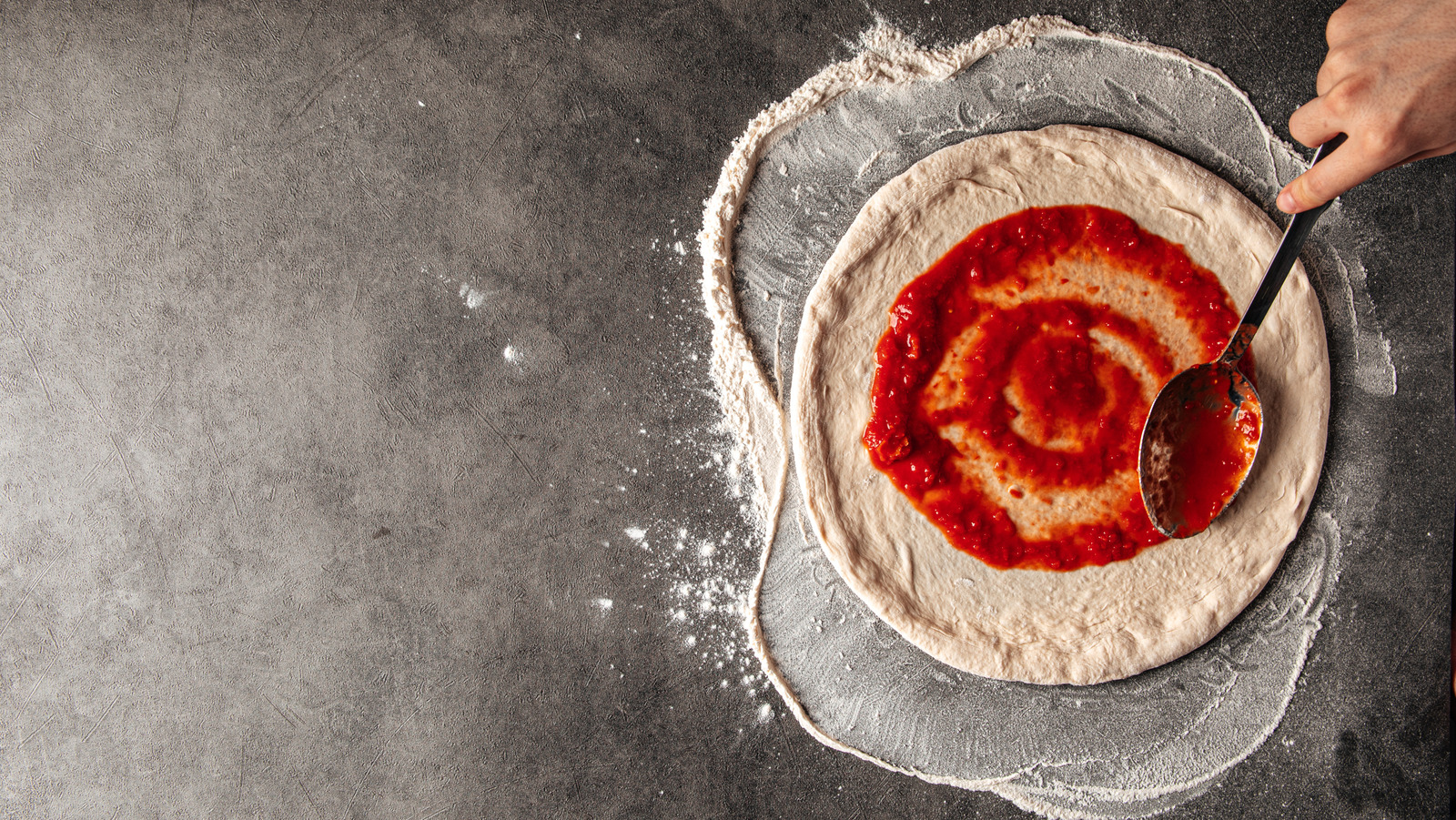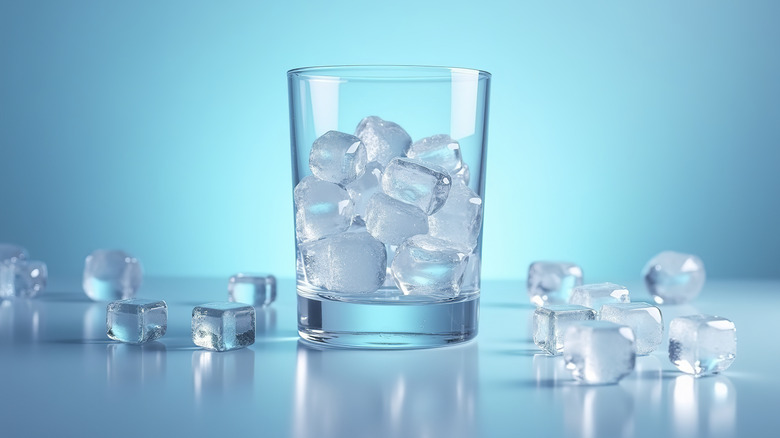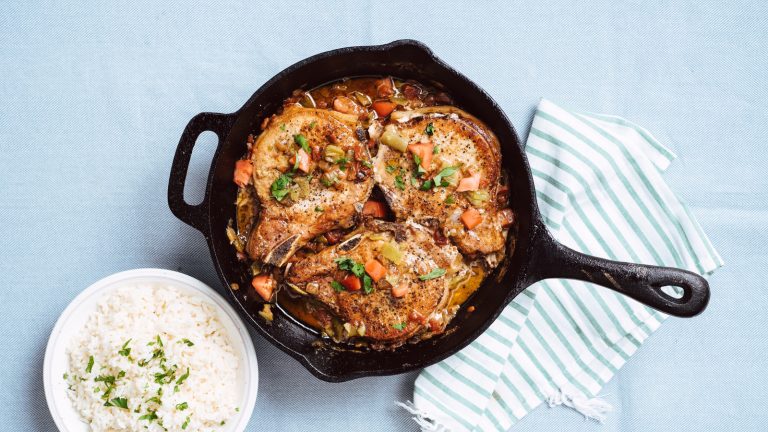Every true pizza lover who’s not afraid of getting their hands a little messy has their own dough recipe they religiously stick to. Seriously, nothing beats a proper homemade pizza — unless you’re in its birthplace, Naples, where the fresh, creamy mozzarella, the sweet, juicy tomatoes, and the pillowy-yet-crunchy crust may finally make you realize why pizza tastes so good in Italy.
But if we’re truly honest, while each ingredient counts, every experienced cook knows it all comes down to the dough. That’s why nailing it makes all the difference. Still, with so many tips and tricks available out there — each of them promising a perfect golden crust with little-to-no effort — it’s pretty hard to know which ones are trustworthy. However, if you’ve stubbornly set your mind on recreating an authentic Italian-style pizza at home, perhaps adding a few ice cubes on top of the dough as it bakes is the unconventional secret you’ve been searching for all along.
Now, before you grab some ice cubes from the freezer and just randomly throw them somewhere between the tomato base and mozzarella, keep in mind that this technique only works when you use the naked pizza method. That means you bake the dough first, let the ice cubes melt to create a creamy center and beautifully crispy edges, and then add whatever toppings you prefer. But how does putting ice on your dough actually make it better than the regular kind?
Science is the reason this method works so well
While a bowl of ice is the key to simple, unique cake decorations, three to four ice cubes are all that’s needed to give your pizza dough a moist crust and a perfectly soft, sticky center without letting it burn. This clever culinary trick works because the ice cubes, typically placed around the edges of the dough, melt and release steam when put into a preheated oven (usually set at 500 degrees Fahrenheit). The steam creates a humid environment that shapes the dough’s final texture, helping it stay soft and fluffy in the middle while crisping and browning up the sides. The steamy setup also keeps the crust from forming too early, creating the ultimate conditions for oven spring (the dough’s final rise during the baking phase before it hardens). Meanwhile, the initial weight of the ice cubes also prevents the dough from puffing up and leaves a sort of pocket in the middle for the toppings.
Once the dough’s ready and out of the oven, a generous amount of basil pesto and a drizzle of olive oil combined with fresh arugula and shaved parmesan (or maybe some of those 15 underrated pizza toppings you should add to your pie) is everything you need to upgrade your pizza game for good.






